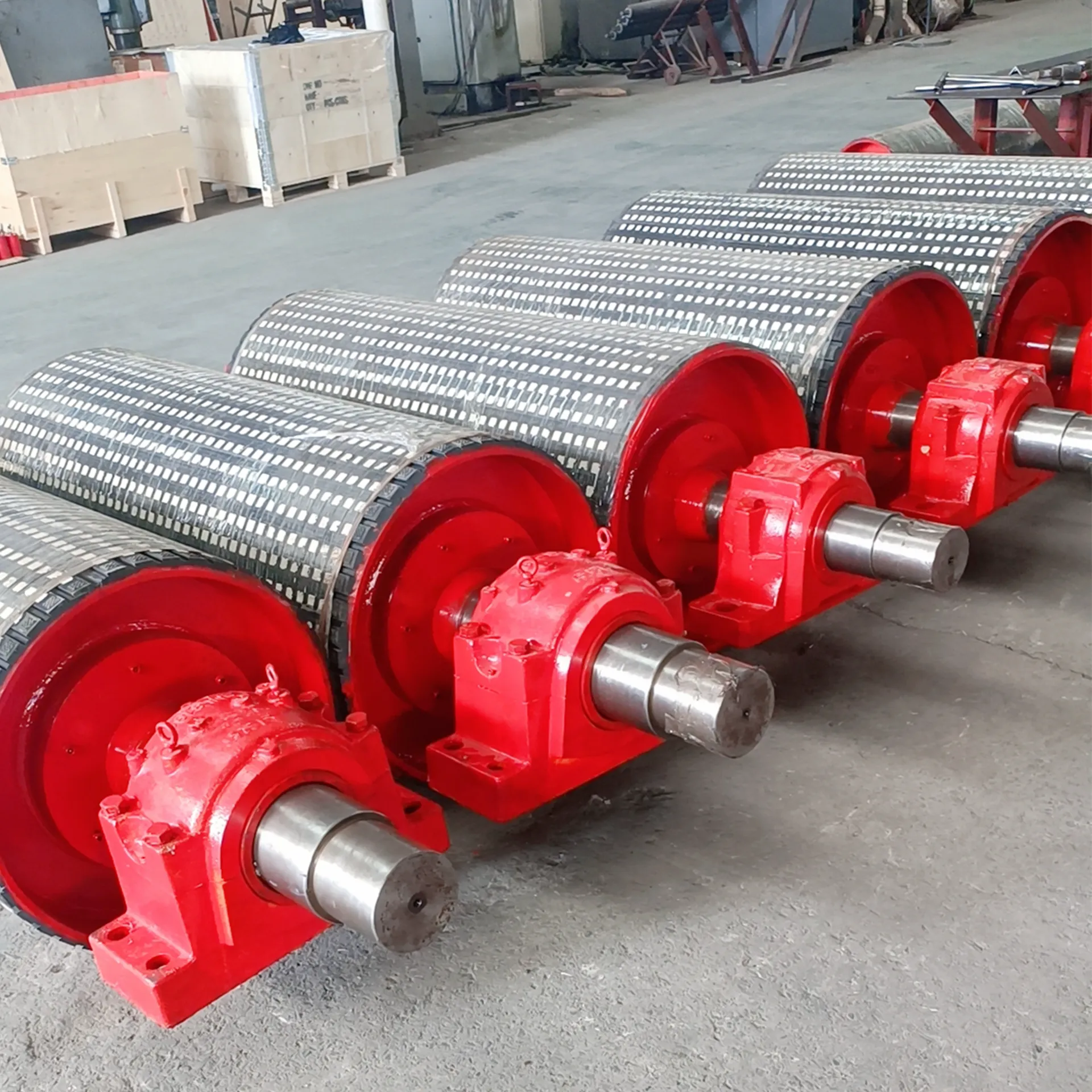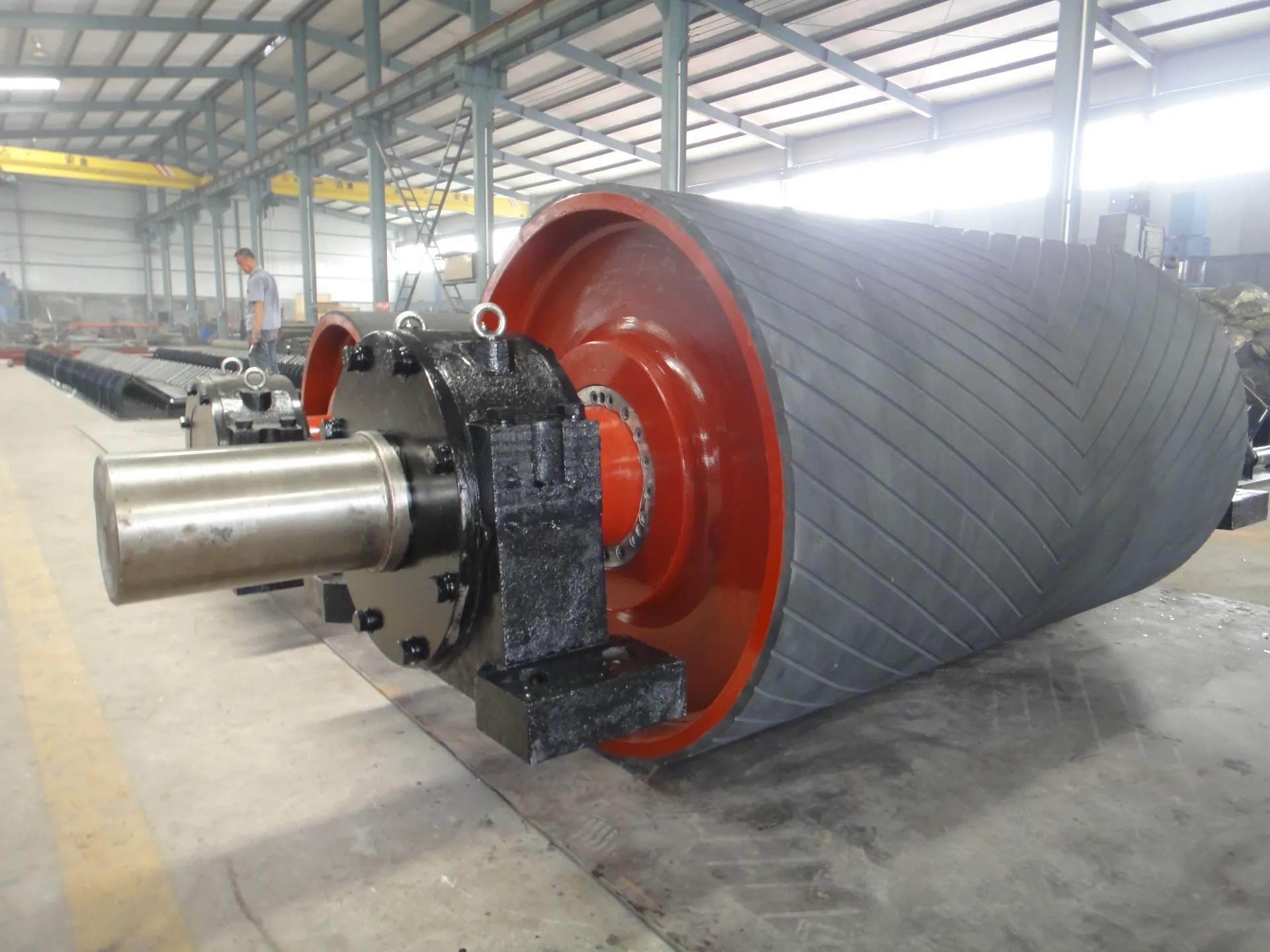 Afrikaans
Afrikaans  Albanian
Albanian  Amharic
Amharic  Arabic
Arabic  Armenian
Armenian  Azerbaijani
Azerbaijani  Basque
Basque  Belarusian
Belarusian  Bengali
Bengali  Bosnian
Bosnian  Bulgarian
Bulgarian  Catalan
Catalan  Cebuano
Cebuano  Corsican
Corsican  Croatian
Croatian  Czech
Czech  Danish
Danish  Dutch
Dutch  English
English  Esperanto
Esperanto  Estonian
Estonian  Finnish
Finnish  French
French  Frisian
Frisian  Galician
Galician  Georgian
Georgian  German
German  Greek
Greek  Gujarati
Gujarati  Haitian Creole
Haitian Creole  hausa
hausa  hawaiian
hawaiian  Hebrew
Hebrew  Hindi
Hindi  Miao
Miao  Hungarian
Hungarian  Icelandic
Icelandic  igbo
igbo  Indonesian
Indonesian  irish
irish  Italian
Italian  Japanese
Japanese  Javanese
Javanese  Kannada
Kannada  kazakh
kazakh  Khmer
Khmer  Rwandese
Rwandese  Korean
Korean  Kurdish
Kurdish  Kyrgyz
Kyrgyz  Lao
Lao  Latin
Latin  Latvian
Latvian  Lithuanian
Lithuanian  Luxembourgish
Luxembourgish  Macedonian
Macedonian  Malgashi
Malgashi  Malay
Malay  Malayalam
Malayalam  Maltese
Maltese  Maori
Maori  Marathi
Marathi  Mongolian
Mongolian  Myanmar
Myanmar  Nepali
Nepali  Norwegian
Norwegian  Norwegian
Norwegian  Occitan
Occitan  Pashto
Pashto  Persian
Persian  Polish
Polish  Portuguese
Portuguese  Punjabi
Punjabi  Romanian
Romanian  Russian
Russian  Samoan
Samoan  Scottish Gaelic
Scottish Gaelic  Serbian
Serbian  Sesotho
Sesotho  Shona
Shona  Sindhi
Sindhi  Sinhala
Sinhala  Slovak
Slovak  Slovenian
Slovenian  Somali
Somali  Spanish
Spanish  Sundanese
Sundanese  Swahili
Swahili  Swedish
Swedish  Tagalog
Tagalog  Tajik
Tajik  Tamil
Tamil  Tatar
Tatar  Telugu
Telugu  Thai
Thai  Turkish
Turkish  Turkmen
Turkmen  Ukrainian
Ukrainian  Urdu
Urdu  Uighur
Uighur  Uzbek
Uzbek  Vietnamese
Vietnamese  Welsh
Welsh  Bantu
Bantu  Yiddish
Yiddish  Yoruba
Yoruba  Zulu
Zulu Conveyor Pulley: Essential Component for Efficient Material Handling
A conveyor pulley is an integral part of conveyor systems, playing a crucial role in the effective movement of materials across industries like mining, manufacturing, and logistics. As the driving force behind conveyor belts, pulleys ensure the smooth operation of these systems, enabling the transportation of heavy loads over long distances. Among the various types of conveyor pulleys, ceramic lagging pulley and other options offer unique features tailored to specific industrial needs. Let’s explore the types, benefits, and critical role of conveyor pulleys.


Conveyor Belt Pulley Types
Conveyor systems utilize several different types of pulleys, each designed for specific functions. The most common conveyor belt pulley types include:
Drive Pulley: As the name suggests, the drive pulley provides the power to move the conveyor belt. It is typically attached to a motor and plays a critical role in the belt's movement.
Return/Tail Pulley: This pulley redirects the belt back to the drive pulley, ensuring smooth circulation of the conveyor belt.
Tẹ Pulley: A bend pulley changes the direction of the conveyor belt, assisting in routing the belt through complex layouts or ensuring the system accommodates large loads.
Snub Pulley: Positioned close to the drive pulley, the snub pulley enhances the belt’s tension, increasing grip and reducing slippage during operations.
Wing Pulley: Often used in industries with heavy or loose materials, the wing pulley features a unique design that prevents materials from getting trapped between the pulley and the belt, enhancing efficiency.
Ceramic Lagging Pulley: Featuring a ceramic surface, this pulley provides exceptional grip and is highly resistant to wear and tear, making it ideal for harsh environments like mining and aggregate handling.
Each type of pulley contributes to the overall effectiveness and efficiency of a conveyor system, and selecting the right type is crucial for smooth operations.
Ceramic Lagging Pulley: Enhanced Performance for Heavy-Duty Operations
The ceramic lagging pulley stands out among conveyor pulley options due to its enhanced durability and grip. Ceramic lagging involves the application of ceramic tiles or coatings to the surface of the pulley, providing a higher coefficient of friction. This design increases the belt’s grip on the pulley, reducing slippage and enhancing overall performance.
One of the key benefits of a ceramic lagging pulley is its superior wear resistance. In environments where materials are abrasive, such as mining or quarrying, ceramic lagging ensures that the pulley surface does not degrade as quickly as other materials. This makes ceramic lagging a cost-effective solution for industries that require long-lasting, high-performance pulleys.
Moreover, ceramic lagging pulleys also offer excellent resistance to water and other contaminants, further enhancing their performance in harsh outdoor conditions. This makes them an ideal choice for conveyor systems that must operate in extreme environments while maintaining optimal efficiency.
The Role of Conveyor Pulley in Material Handling
A conveyor pulley is the backbone of a conveyor system, ensuring the smooth operation of material handling processes. By transferring power from the motor to the conveyor belt, the pulley enables the belt to move heavy loads efficiently across long distances. In addition, the pulley maintains the belt’s tension, preventing slippage and ensuring consistent belt alignment.
The role of a conveyor pulley extends beyond power transmission. It also ensures the safety and durability of the conveyor system by evenly distributing the load, preventing damage to the belt, and reducing maintenance costs. In industries like mining, construction, and manufacturing, where downtime can be costly, having a reliable conveyor pulley system is essential for maintaining productivity.
Why Choose the Right Conveyor Pulley for Your System
Selecting the right conveyor pulley for your specific application is crucial for maximizing the efficiency and lifespan of your conveyor system. The choice depends on factors like the type of materials being transported, the operational environment, and the load capacity of the conveyor system. For example, in environments where materials are abrasive or where there is constant exposure to water, a ceramic lagging pulley offers greater durability and performance than traditional pulley materials.
Additionally, choosing the appropriate conveyor belt pulley types ensures that your system operates efficiently with minimal downtime. Properly selected pulleys reduce maintenance costs, enhance the system's load-handling capacity, and prevent issues such as belt slippage or misalignment.
In conclusion, conveyor pulleys are an essential component of material handling systems, and selecting the right type for your application is critical to maintaining efficient operations. From drive pulleys to the highly durable ceramic lagging pulley, each type plays a unique role in ensuring the system's reliability and performance. By understanding the different conveyor belt pulley types, you can make informed decisions that optimize your conveyor system’s efficiency, reduce maintenance, and extend the system’s operational lifespan. Whether you're dealing with heavy-duty mining applications or more delicate materials, investing in the right pulley ensures your system runs smoothly for years to come.
-
Taper Centering Idler Set for Conveyor SystemsIroyinJun.25,2025
-
Small Idler Rollers for Industrial ConveyorsIroyinJun.25,2025
-
Guide Training Idler Set for Conveyor MaintenanceIroyinJun.25,2025
-
Friction Offset Idler Set for Industrial UseIroyinJun.25,2025
-
Double-Center-Roller Idler AlignmentIroyinJun.25,2025
-
Channel Inset Impact Troughing Idler Set for Heavy LoadsIroyinJun.25,2025





























